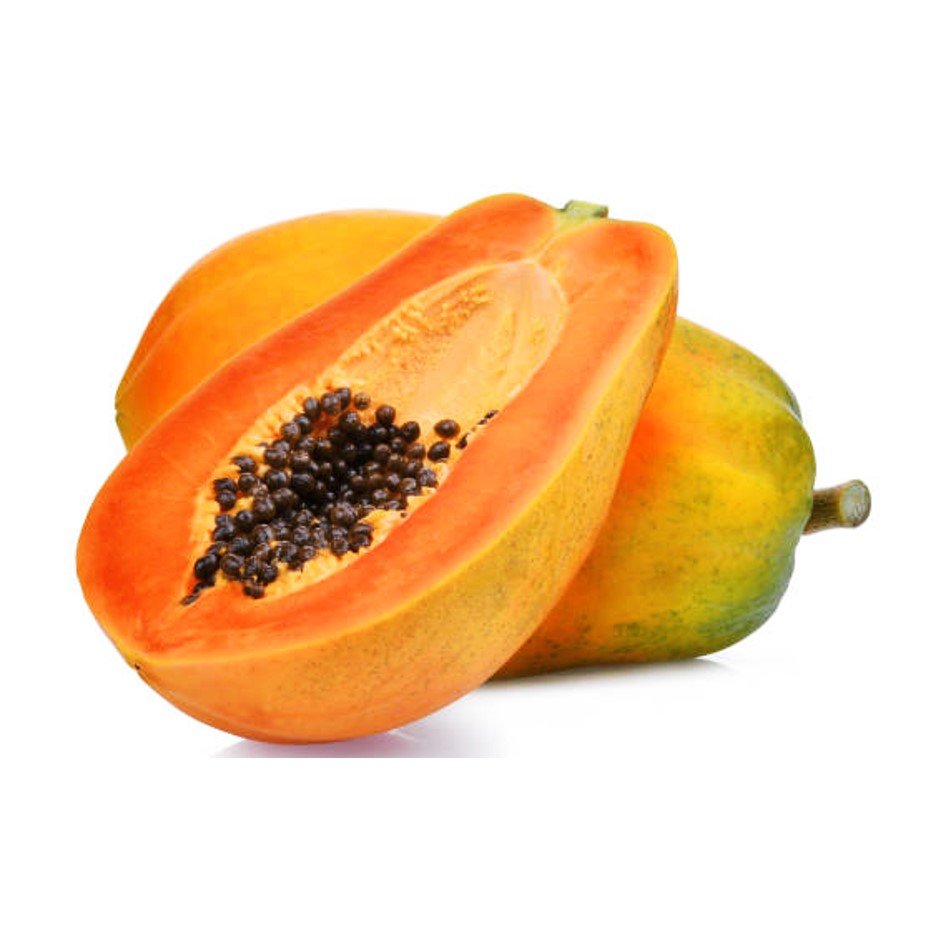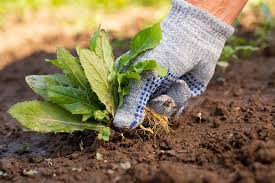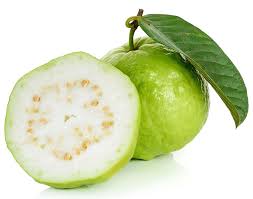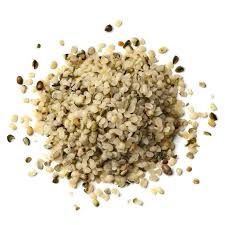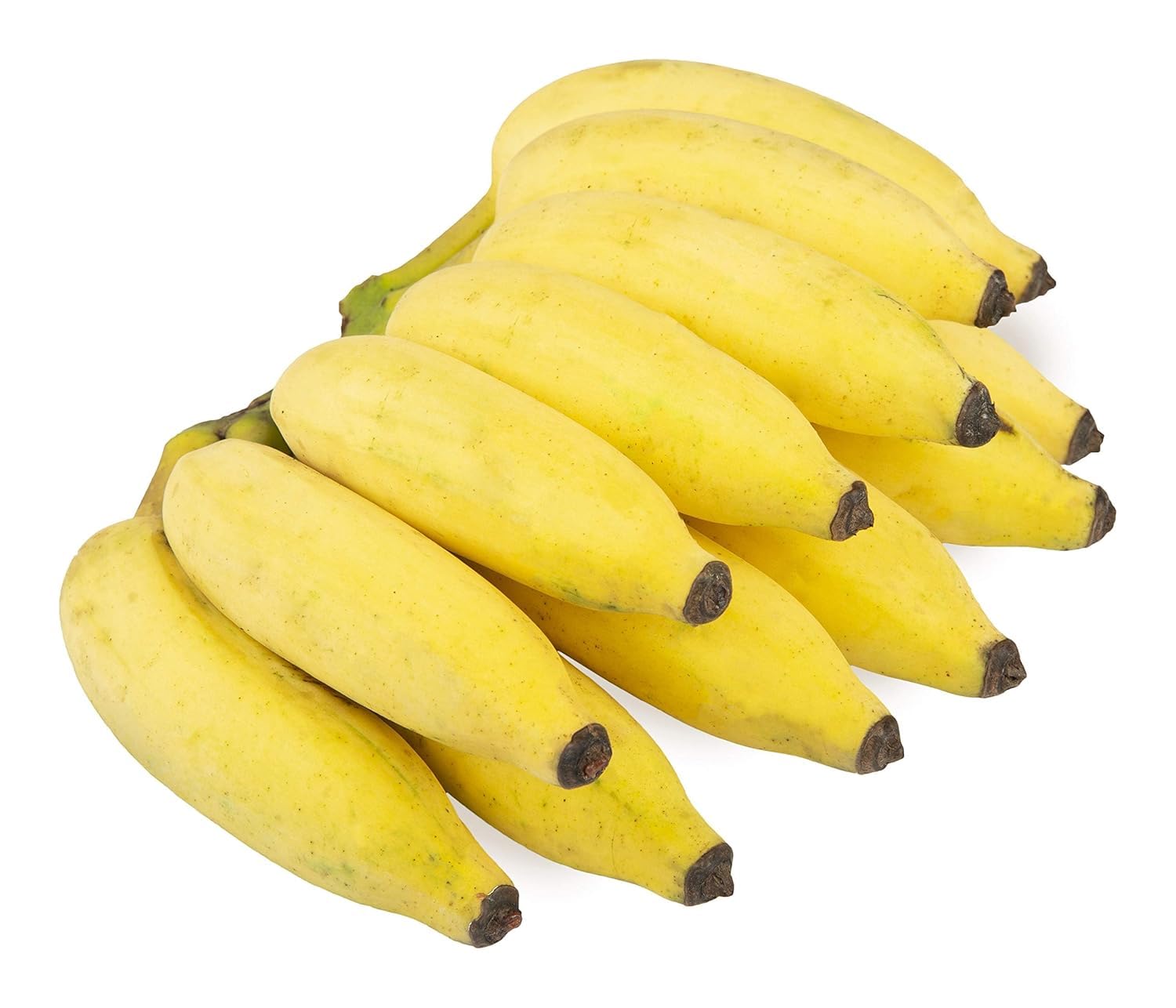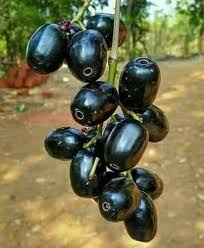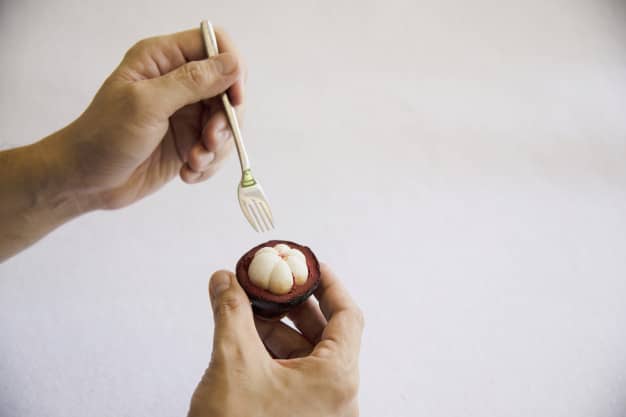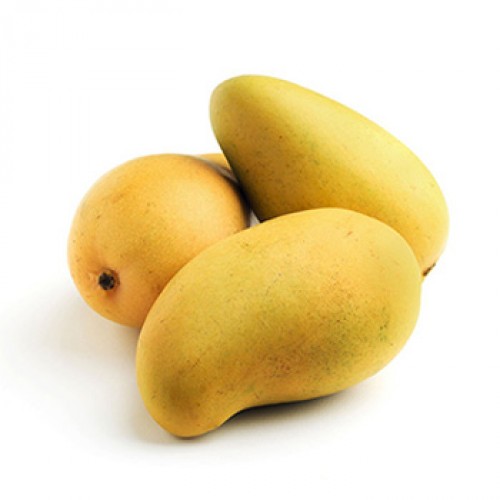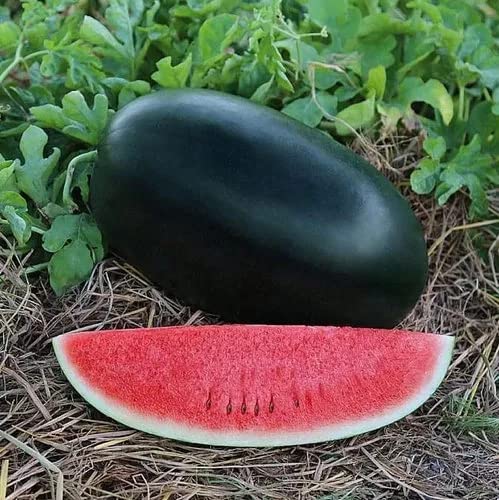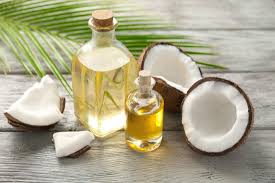
How HB Ripens Mangoes Naturally vs Harmful Carbide Method
Today, I wanted to share a little behind-the-scenes on how mangoes are ripened — and why we at Healthy Buddha stick to the good old natural way.
Mass Production vs Natural Ripening
Most mangoes you see in the market today are mass-produced and transported long distances. To make them "look ripe," they are often plucked too early and artificially ripened using ethylene gas.
Now, ethylene gas itself isn’t harmful — mangoes naturally release it from the seed outward as they ripen. But when applied externally, the ripening happens from the skin inward, making the mango look golden yellow while still tasting sour inside. Not ideal, right?
A more dangerous ripening agent that's still sadly common is calcium carbide, which can be contaminated with arsenic — a deadly heavy metal. Traders often place pouches of this chemical with mangoes, producing acetylene gas when it contacts moisture, forcing ripening unnaturally.
These methods prioritize quick sales and appearance, not taste, safety, or nutrition.
How We Ripen Mangoes at Healthy Buddha
We believe there's no substitute for the age-old, natural methods! At Healthy Buddha, we place our mangoes in boxes full of hay and allow them to ripen gently over 1-2 days. We don't completely ripen them before sending them to you to avoid any transit damage.
Here’s a quick video showing how we do it: Watch Here
https://youtu.be/-XR6jwJpl0s
5 Tips to Ripen Mangoes at Home Naturally
- Submerge in rice (traditional method!)
- Wrap in newspaper or place inside a paper bag
- Pair with ethylene-producing fruits like an apple or unripe banana
- Use a ventilated box and cover with hay (or newspaper if hay isn’t available)
- Simply leave them on your kitchen counter (this method just takes a little longer)
Fun Fact: Mangoes naturally release ethylene — a colorless, odorless gas responsible for ripening changes!
Why Not Let Mangoes Ripen on the Tree?
Great question! If you have a backyard mango tree (lucky you!), tree-ripened mangoes are perfect. But when mangoes are grown far away and shipped across distances, ripening them fully on the tree would mean they'd reach you overripe and pulpy. That’s why we harvest mangoes once they mature but before they ripen — to ensure they reach you fresh and delicious.


